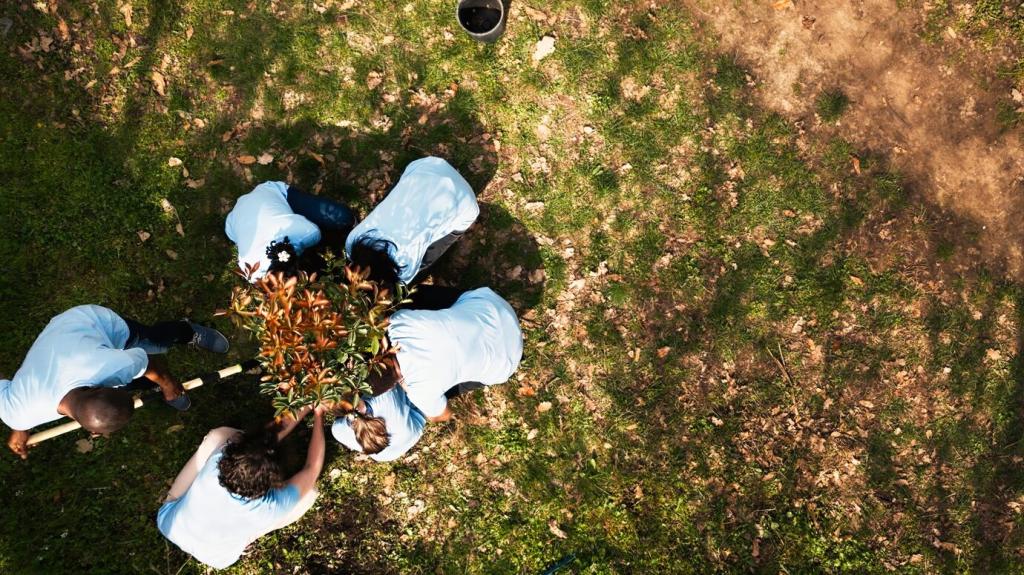Water Wisdom and Zero Waste Loops
Rain gardens, bioswales, and cisterns reduce flooding, recharge aquifers, and water trees for free. A schoolyard retrofit captured stormwater and funded a butterfly garden through saved irrigation costs. Map your block’s low spots, then propose a micro-project with neighbors. Share your best low-cost materials and local suppliers to help others get started.
Water Wisdom and Zero Waste Loops
Direct lightly used sink and shower water to landscape irrigation where codes allow. Use simple filters and safe detergents to protect soil organisms. A four-plex cut potable water use by a third with a shared greywater system. Ask your city about permitting pathways, and post your approved designs to inspire compliant replications.


